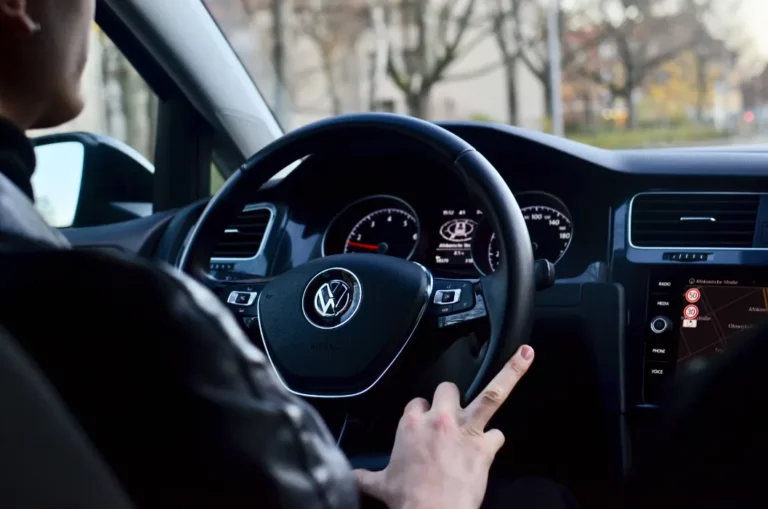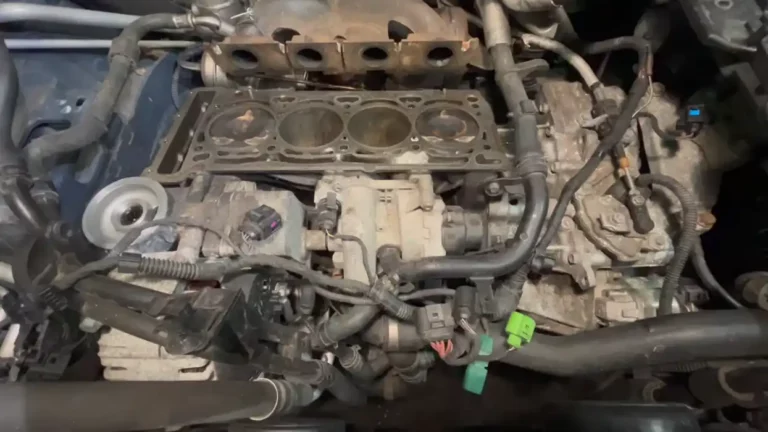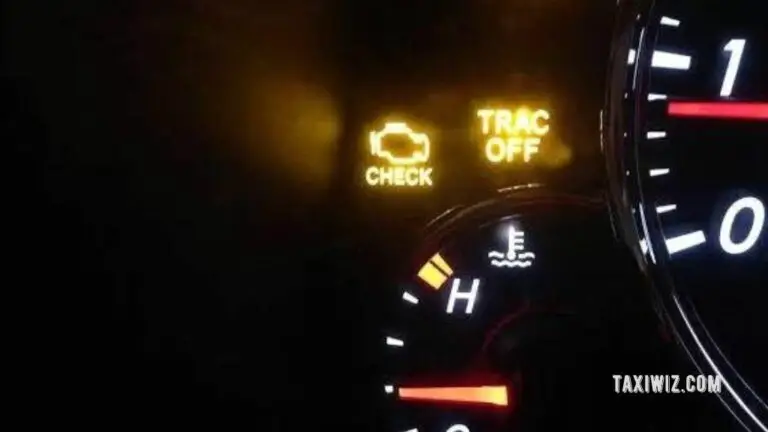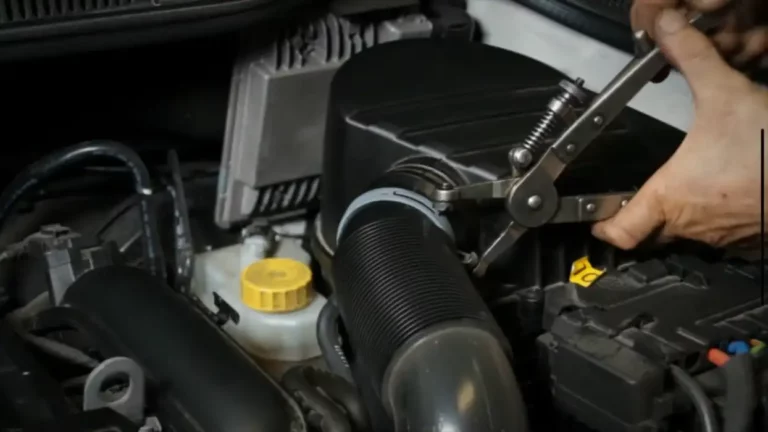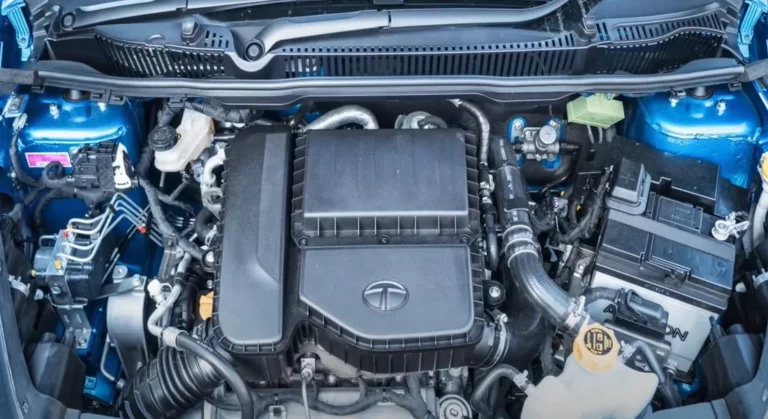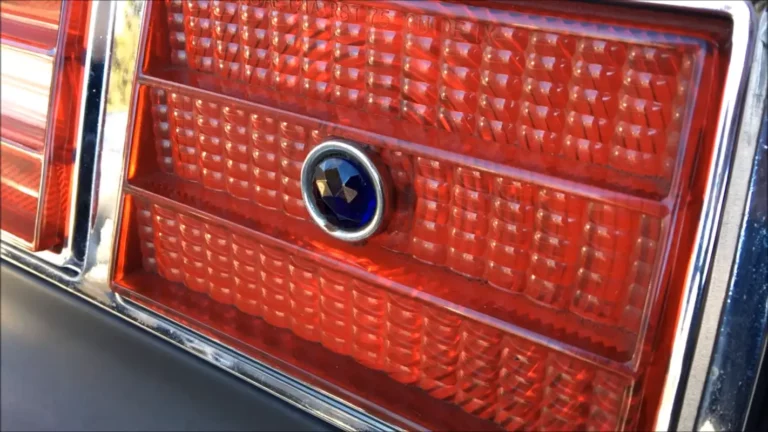What Does Coolant Light Flashing on the Car Mean?
A flashing coolant light is an alarming sign for cars. It acts as a crucial warning indication. The light suggests that there could be a problem with the cooling system in your automobile.
A flashing coolant light may be caused by:
- Lack of coolant levels
- Systemic cooling leak
- Coolant temperature sensor issues
- Lack of a water pump
- Obstructed radiator
- Thermostat problems
- Electricity issues
The coolant light flashing causes will be thoroughly examined in this article, giving you important information on how to solve the problem of the car.
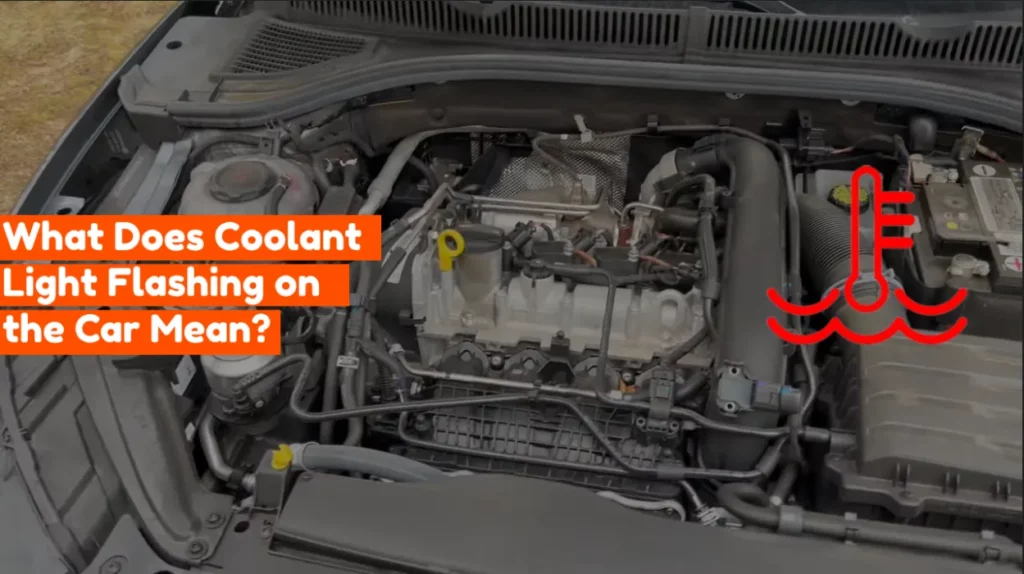
What Is the Purpose of a Coolant System and Coolant Light?
The cooling system operates the engine’s temperature. It circulates coolant – a solution of antifreeze and water. To control the temperature of the engine, this combination is pumped through the radiator and engine.
An issue with the cooling system may exist when the coolant light on the dashboard lights. The motorist is mostly warned visually by the device. However, various car models might have distinct coolant light designs.
A flashing coolant light denotes an urgent issue. It implies that there may be an overheating problem or a problem with the cooling system. Ignoring a coolant light might cause harm to the engine or a breakdown.
Top Potential Reasons for Coolant Light Flashing
An underlying problem with the cooling system is indicated by a flashing coolant indicator on a car. The following are some of the main reasons why a coolant light is flashing:
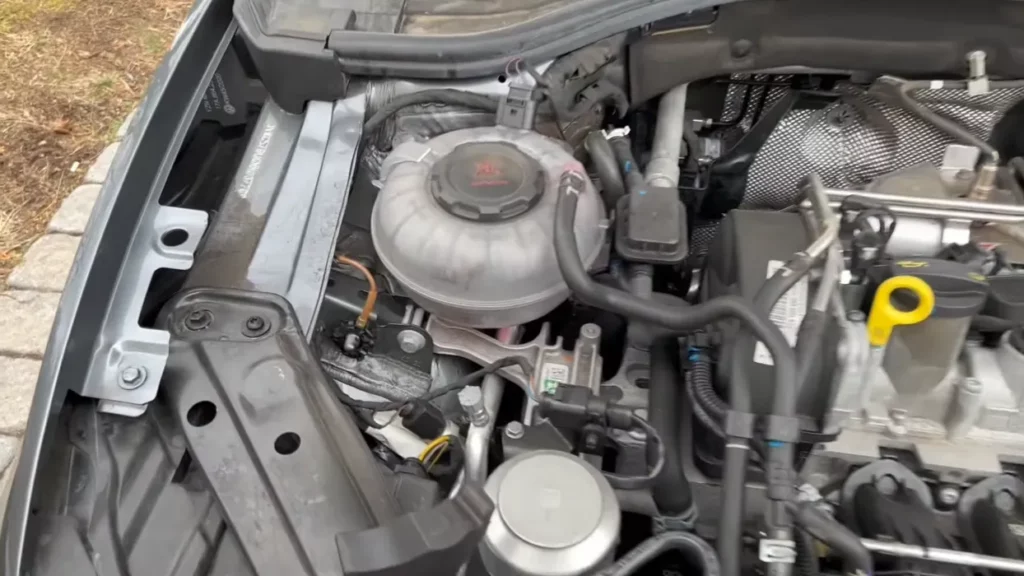
Low Coolant Level:
Leaks or evaporation can cause low coolant level, which can cause the coolant indicator to flash. Regular coolant level checks and maintenance are crucial.
Overheating:
The coolant light may flash if the engine temperature increases sufficiently. A broken fan or an airflow obstruction can both lead to overheating.
Failure of the Water Pump:
The engine’s coolant is pumped around by the water pump. Coolant flow may be impeded if the water pump malfunctions. Overheating and a flashing coolant light result from this.
Coolant Contamination:
Using the wrong coolant or mixing different types of coolant can cause chemical reactions that degrade cooling effectiveness.
Engine Control Unit (ECU) Fault:
An issue with the engine control unit may result in a flashing coolant light. This may prevent the cooling system from operating properly.
Clogged Radiator:
The correct flow of coolant might be hampered by a radiator that is clogged or obstructed by debris or sediment. As a result, the cooling is insufficient, and the coolant light flashes.
Electrical Issues:
The coolant light may flash as a result of electrical problems with the cooling system. The primary causes might be a bad relay or bad wiring.
Leak in the Cooling System:
A leak in a water pump, pipe, or radiator can cause coolant levels to decline and turn on the flashing coolant light.
Faulty Dashboard Indications:
A faulty coolant temperature sensor may produce inaccurate dashboard indications.
Problems with the Thermostat:
A broken thermostat might prevent the coolant from flowing normally. As a result, there is an imbalance in temperature, which causes the coolant light to flash.
Read Also: Does Coolant Expire & How To Detect It Expired or Not?
Steps for Fixing the Coolant Light Flashing and Coolant System Problems
If the coolant indicator is flashing, you need to act right once to avoid possible engine damage. The actions you ought to take in response to a flashing coolant light are as follows:
1-Turn the Engine Off
Once the car has come to a complete stop, turn off the engine. Overheating will be less likely as a result.
Before making any additional moves, give the engine enough time to cool. It can take 30 minutes to an hour to complete this.
2-Inspect the Coolant Level
After the engine has finished cooling down, check the coolant reservoir’s level of coolant. Make sure that the coolant is at the correct level as specified by the manufacturer.
Low coolant levels might be a sign of a leak or other problems with the cooling system.
3-Look for Leaks
Under the car, look for any obvious indications of coolant leakage. Inspect the water pump and radiato for any leaks.
If you discover a leak, have a qualified mechanic fix it.
4-Refill the Coolant
If the coolant level is low, top it off with the suitable coolant combination that the user manual advises. Avoid opening the radiator cap while the engine is still warm. Fill the specified tank with coolant.
5-Inspect the Coolant Temperature Sensor
If required, identify the malfunctioning coolant temperature sensor and replace it.
To make sure the new sensor is operating correctly and delivering accurate results, you need do several tests.
6-Repair the Water Pump
Consult a mechanic if the water pump is thought to be the root of the flashing coolant light.
Due to the intricacy of the process, it is essential to have a professional manage water pump replacement.
7-Unclog the Radiator
Consider getting the radiator drained to eliminate any debris or sediment if a blocked radiator is found to be the culprit.
A radiator flush might assist in reestablishing normal coolant flow and avert more overheating problems.
8-Check the Thermostat
Look for any issues with the thermostat and replace it if required. Additionally, make sure the new thermostat is operating properly and successfully controlling engine temperature.
What are Some Preventive Measures to Avoid a Flashing Coolant Light?
To keep the cooling system in your car functioning properly, you must stop the coolant indicator from flashing. You can take the following precautions to avoid running across this problem:
- When the engine is cold, periodically check the coolant level in the coolant reservoir.
- When the coolant level is low, look for any potential leaks.
- Check the connections and parts of the cooling system often for leaks or other damage.
- Inspect the radiator cap to make sure it’s in excellent shape and keeps the pressure at the proper level.
- Use just the type of coolant that is advised.
- To avoid chemical reactions, never combine different types of coolant.
- Check the temperature gauge frequently to avoid the engine overheating.
- If the engine temperature increases unexplainably, stop the car and let it cool.
- To avoid accumulation of junk, give the radiator’s exterior a regular cleaning.
- Frequently drain the cooling system and clean the radiator with cleaner.
- Any other engine problems, such as broken thermostats, failed water pumps, or electrical difficulties, should be fixed right away.
Related Post: Coolant Leak After Sitting Overnight – The Causes & Fixes
Frequently Asked Questions – FAQs
Should I drive with the coolant light flashing?
Driving while the coolant light is flashing is not advised. This might result in engine damage and overheating.
May water be added in place of coolant in an emergency?
Adding water can assist momentarily, but it’s crucial to use the right coolant combination as soon as you can.
Will the engine be harmed by a flashing coolant light?
Ignoring a coolant light that flashes might potentially cause engine harm from overheating.

